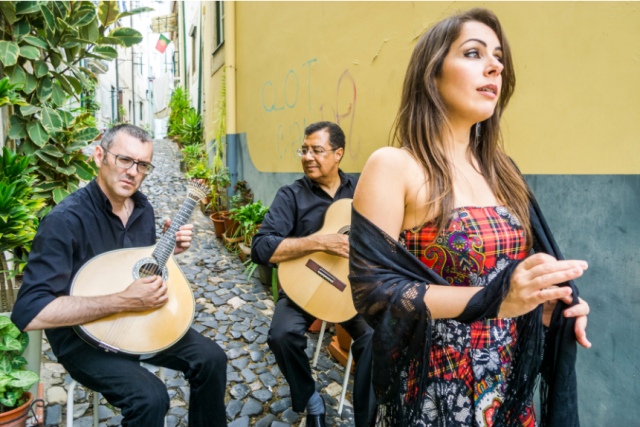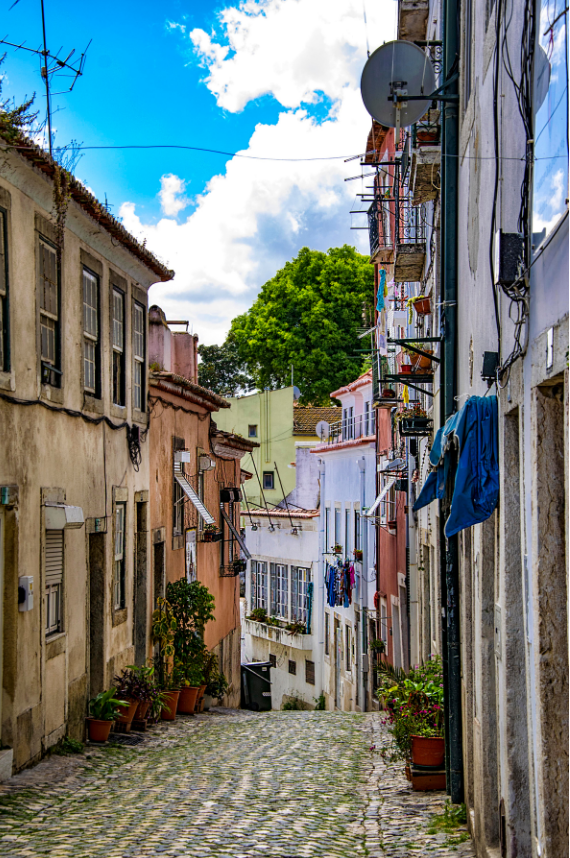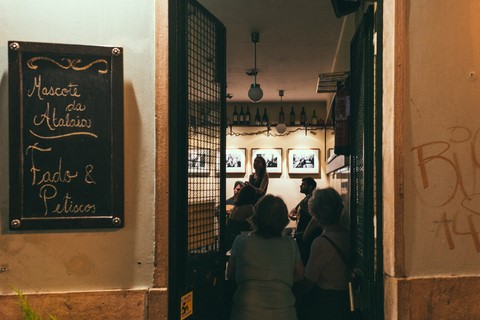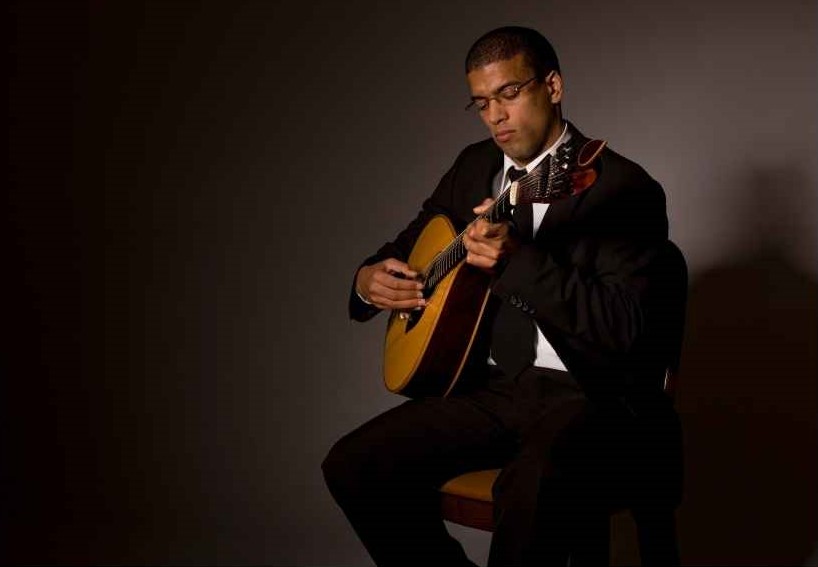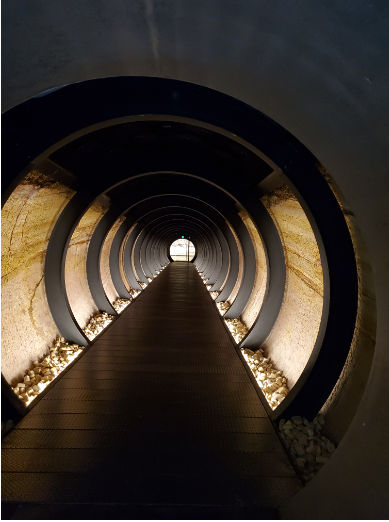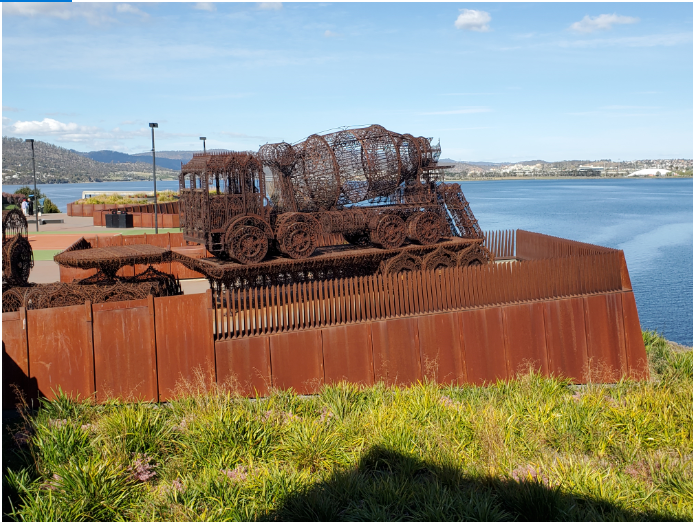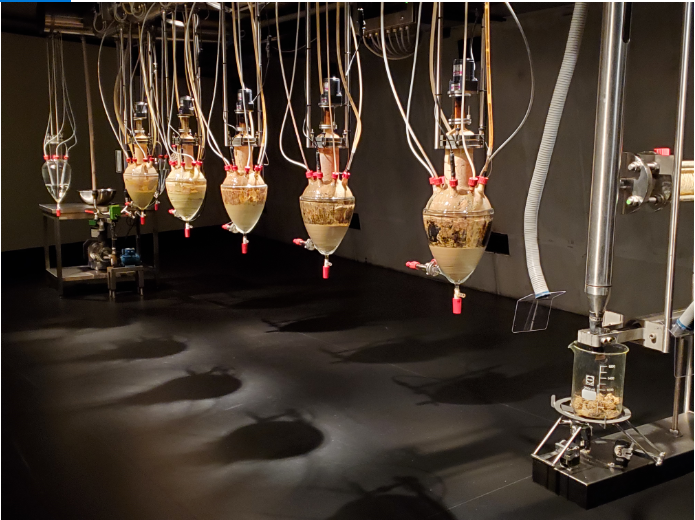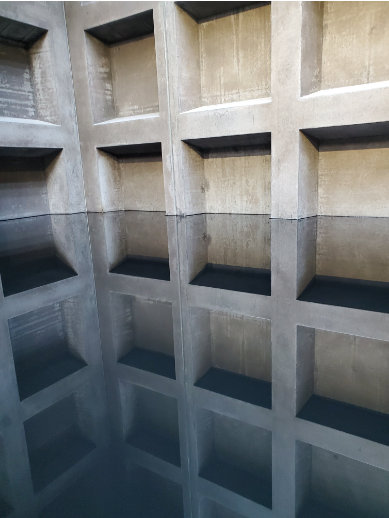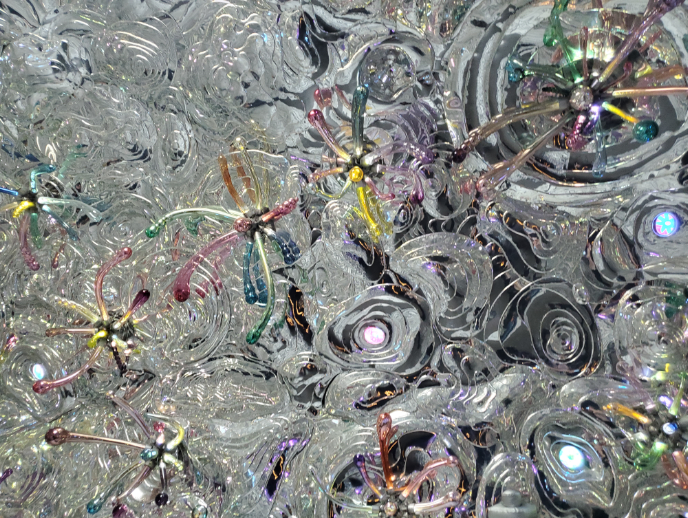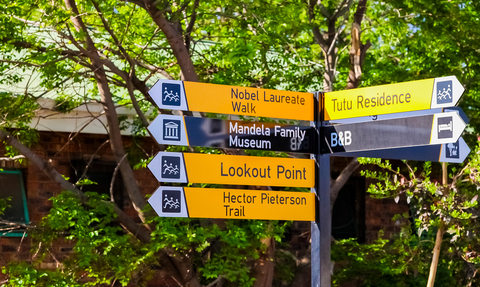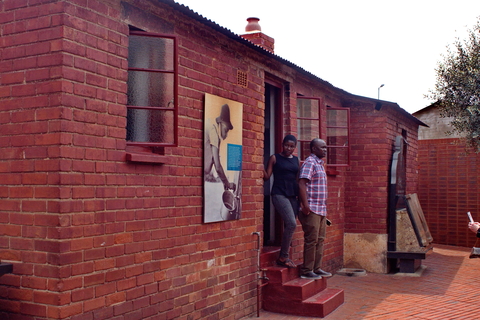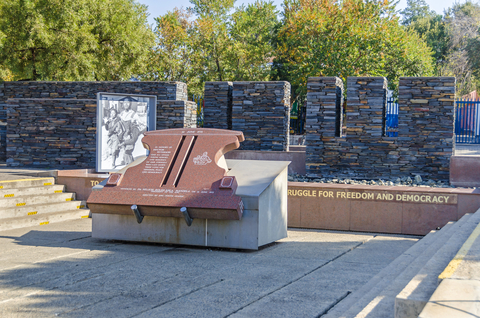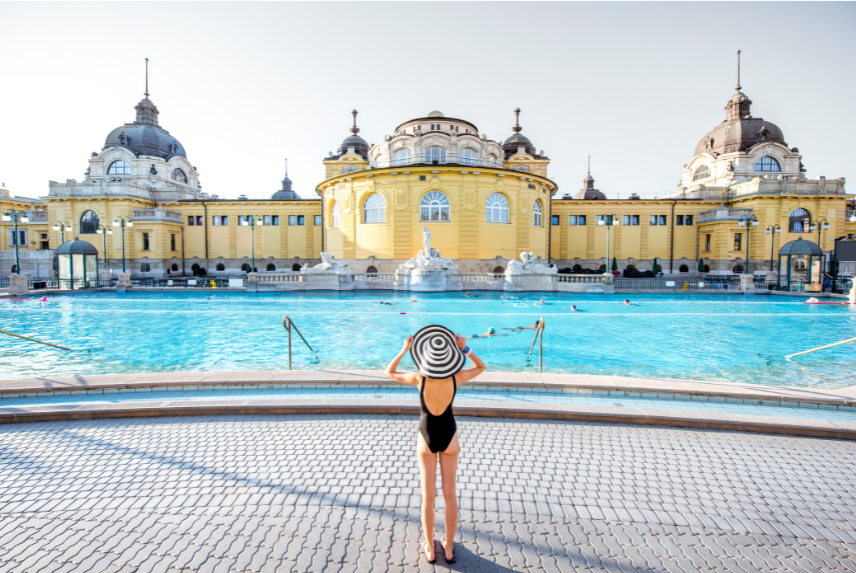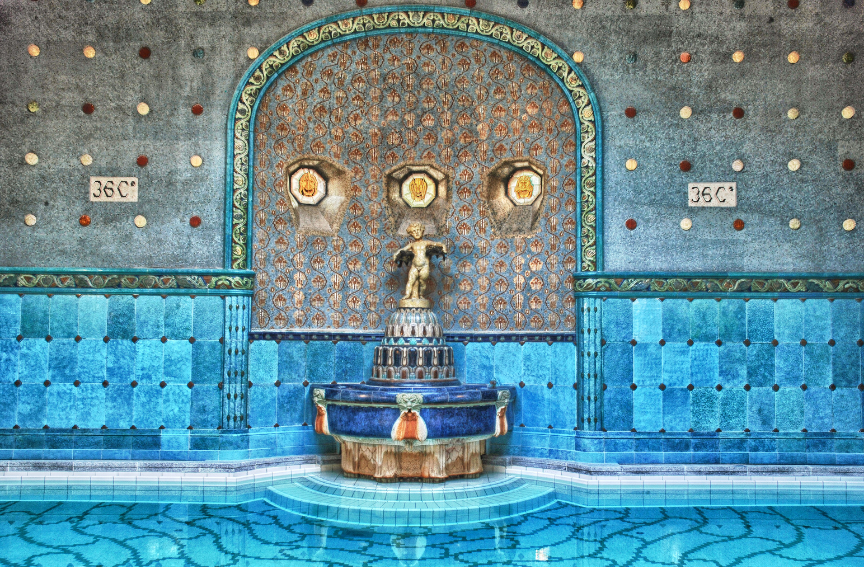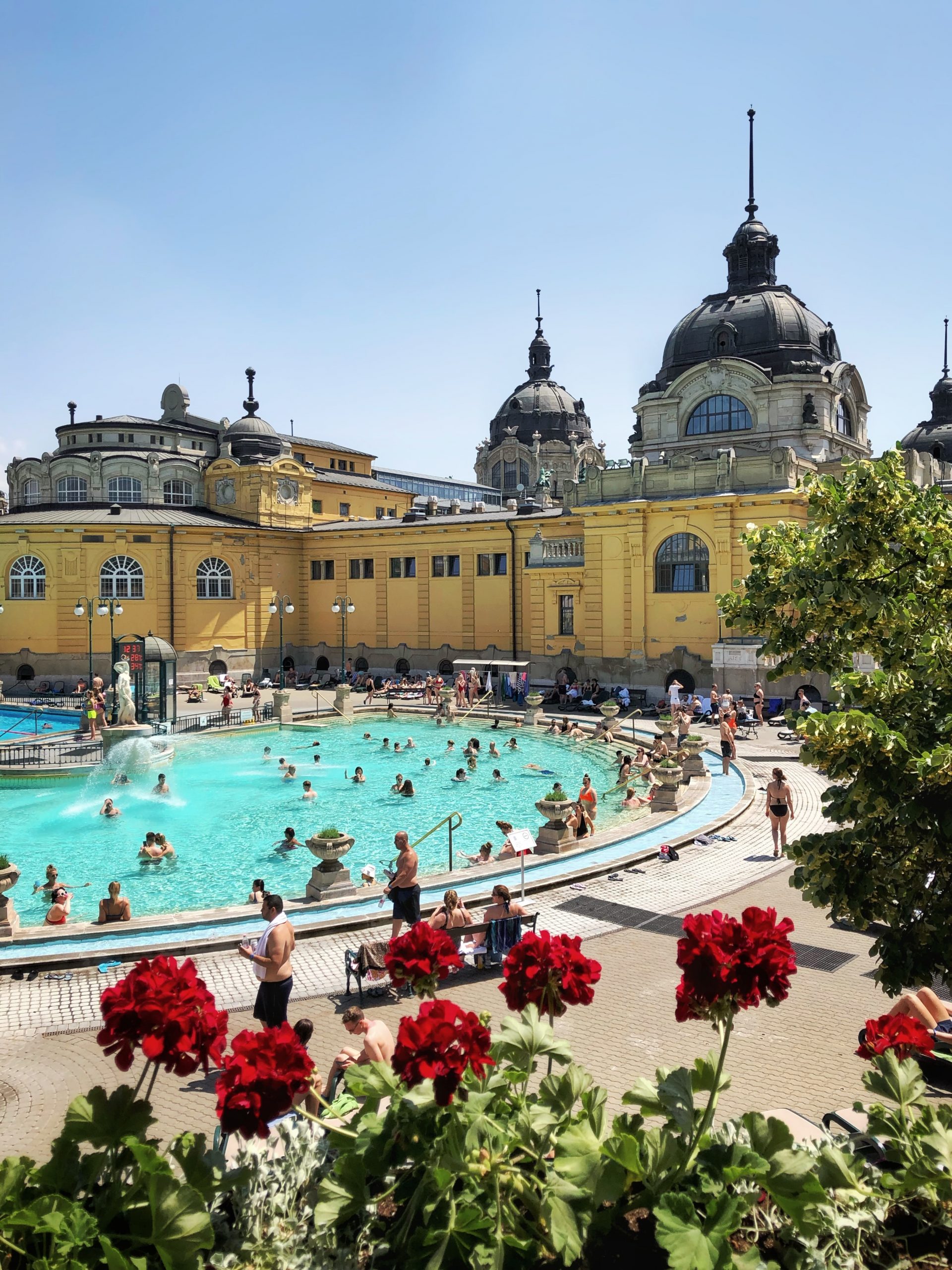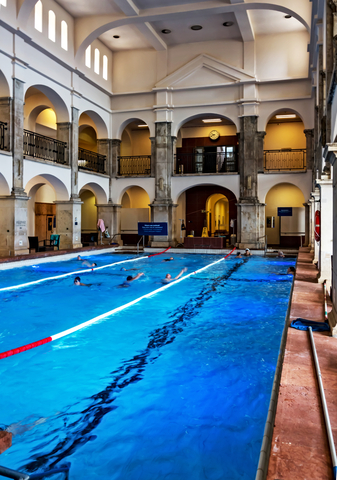Popular in cafes, nightclubs, and restaurants, fado is a unique form of Portuguese music loved for its expressiveness. Its origins date back to the 1820s or earlier. Central to Portuguese culture, and described by the term “saudade,” a longing as a result of a permanent loss with far-reaching consequences.
Often, the musicians sing about the hard realities of everyday living. For that reason, fado is regarded as the spirit of Portuguese music and culture. A feeling of understanding that cultural travelers and other tourists visiting Portugal seek may be difficult to achieve without experiencing live fado performances.
To enjoy the seductive charm of a city like Lisbon you must roam the city’s alleyways. While doing that, take time to slip inside cafes, steamy bars, or restaurants and listen to the soulful fado songs by famous artists like Amalia Rodrigues. Some of her popular songs were Uma Casa Portuguesa, Coimbra, and Foi Deus among others.
Have you ever felt a deep sense of longing for something you love? Fado music evokes such experiences. The songs capture thoughts, emotions, struggles, and the spirit of adventure running through all aspects of Portuguese society. Subtle and soothing tunes express the Portuguese way of life. Camane, considered to be the best male fado singer among a new generation, continues this tradition while remaking the traditional music of his parent and grandparents for new generations.
Frequent cultural visitors to the country always seek out fado performances for various reasons, such as experiencing the destination like a local, a nice evening, and for those who want to check UNESCO sites off their list, the organization rates it as Portugal’s most prominent cultural heritage.
Fado performances provide a pleasant addition to an evening of dinner and drinks. Can you imagine the pleasure of soaking in soulful melodies while enjoying different delicious forms of Portuguese cuisine such as bacalhau, (salted cod), polvo
àlagareiro (boiled octopus with onions, tomatoes, and peppers), or pastel de nata (Portuguese egg custard for dessert? Song albums like Uma Noite de Fados by Camane will appeal to your deepest sentiments.
The lively fado tunes are a trademark of Portugal, dating back to the 1800s in the working-class neighborhoods of Lisbon. Cobblestone streets, mazes of alleys, small plazas, and colorful buildings close enough to string clotheslines between and have conversations with your neighbors thru the windows. Walking these neighborhoods during the day elicits a feeling of charm but also the effort of daily life. As day turns to night, the locals seek the camaraderie of their friends in nearby bars and restaurants to hear music that conveys the essence of their lives.
To get a bit of understanding of the people of Portugal, an evening of fado is a must! Otherwise, what would be the point of traveling if you can’t say your eyes were opened a bit during your travels. The perfect way to do that in Portugal is to lose yourself in the revelry fado music creates!
Known for triggering a wistful yearning for what is gone and a nagging sense of loss, fado music comes in two different styles. The most well-known is named the Lisbon fado. It is drawn from social contexts focusing on unlawfulness and marginality. The second genre
is Coimbra style fado. It is linked to the academic traditions of Coimbra University, usually performed on the streets of the city as well as bars and restaurants by performers often in academic robes singing tunes that are more upbeat and cheery.
Listening to fado is the best way to compliment the charming sights you see during day trips. Nothing can heighten your appreciation of the Portuguese more than throwing yourself into the closeness of a fado bar atmosphere. Get in touch with me and I will help you do that!

